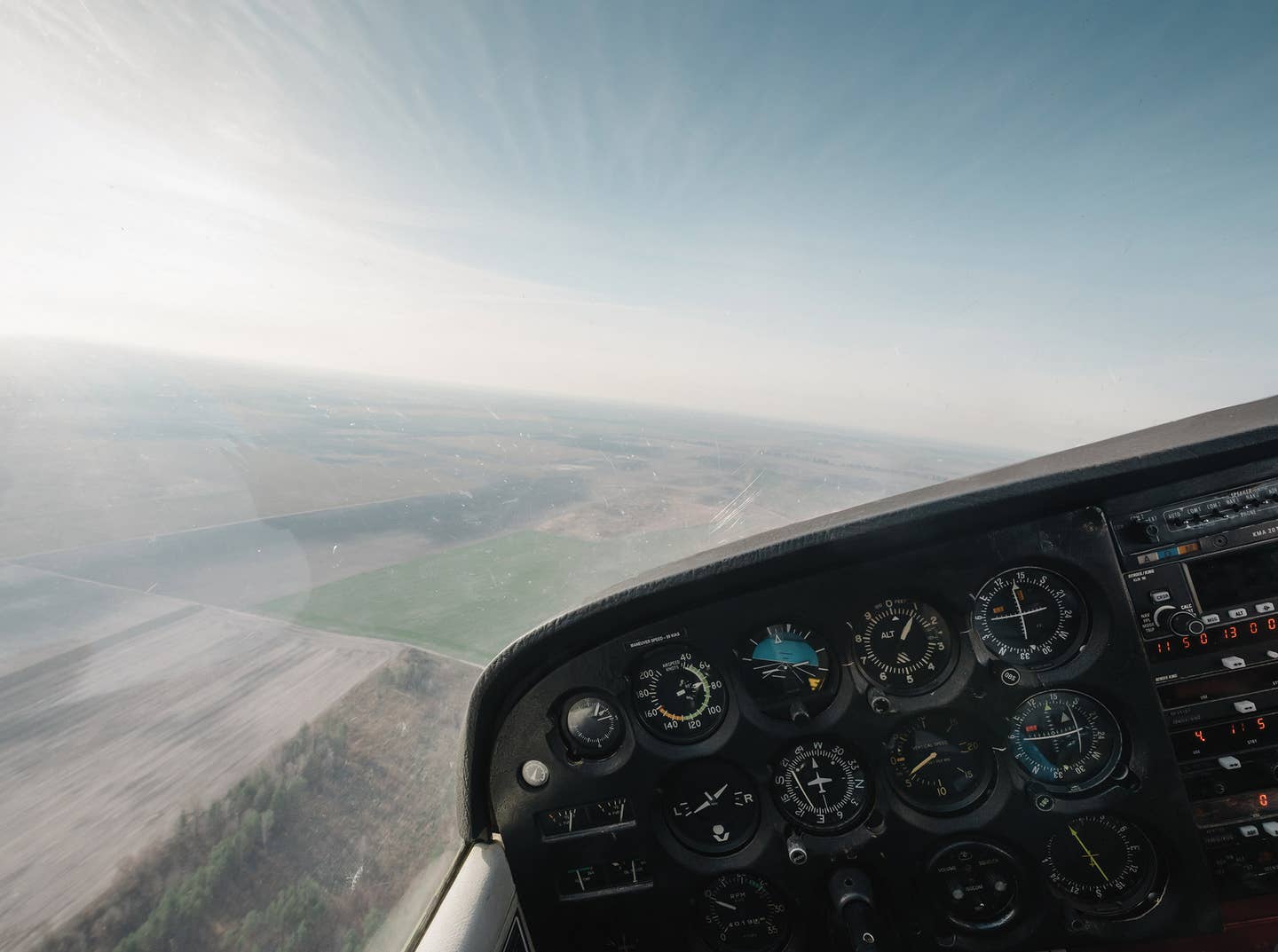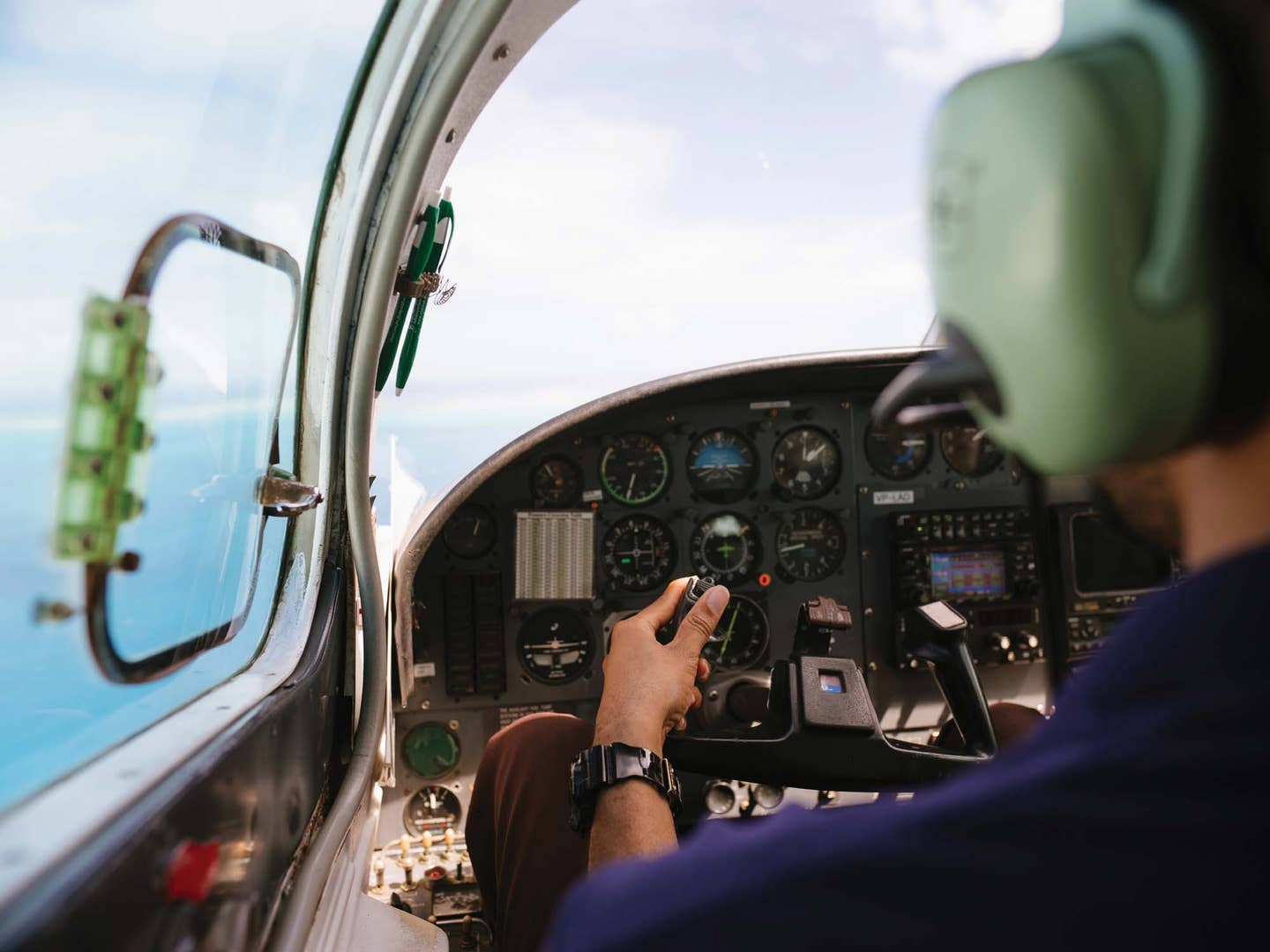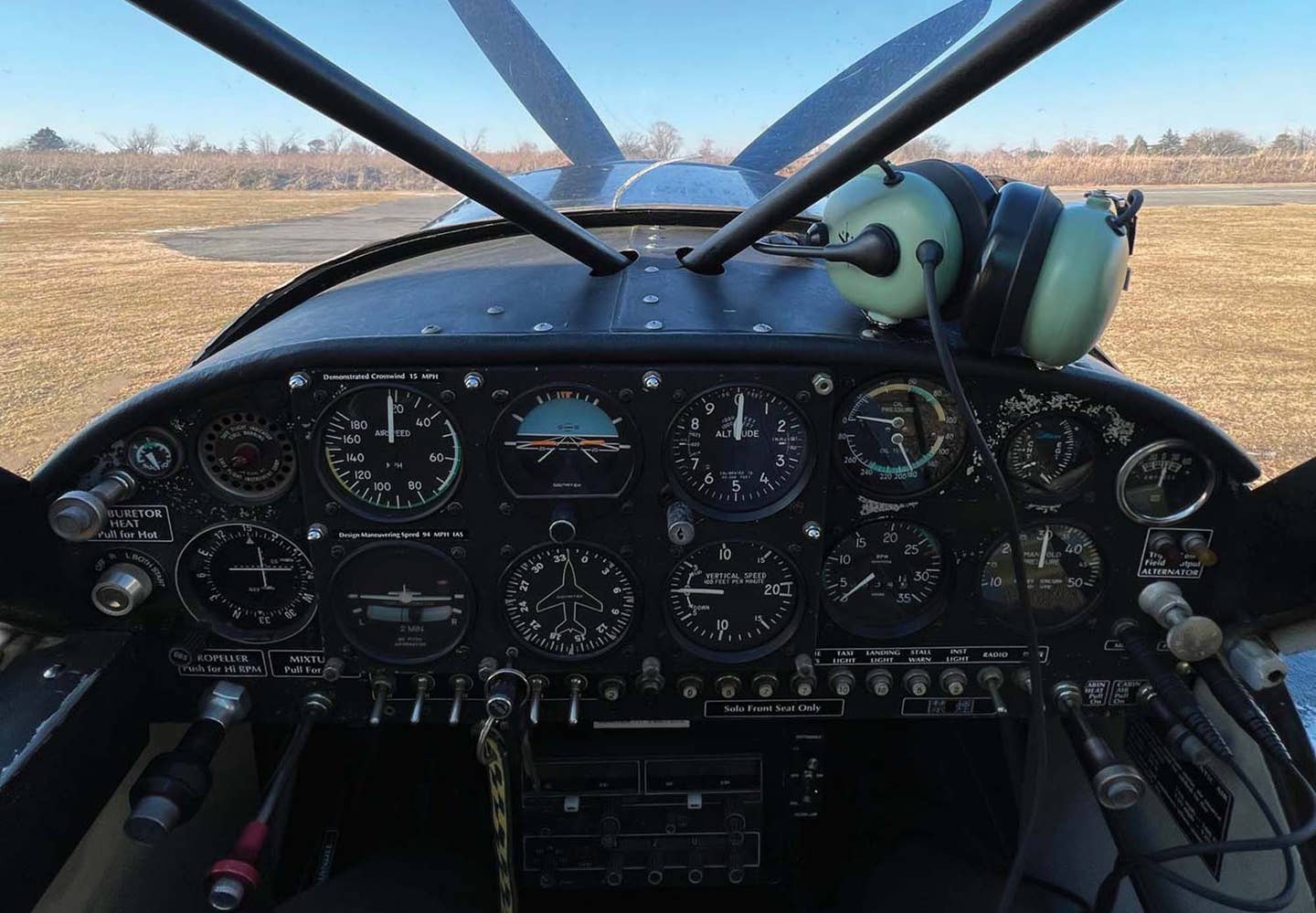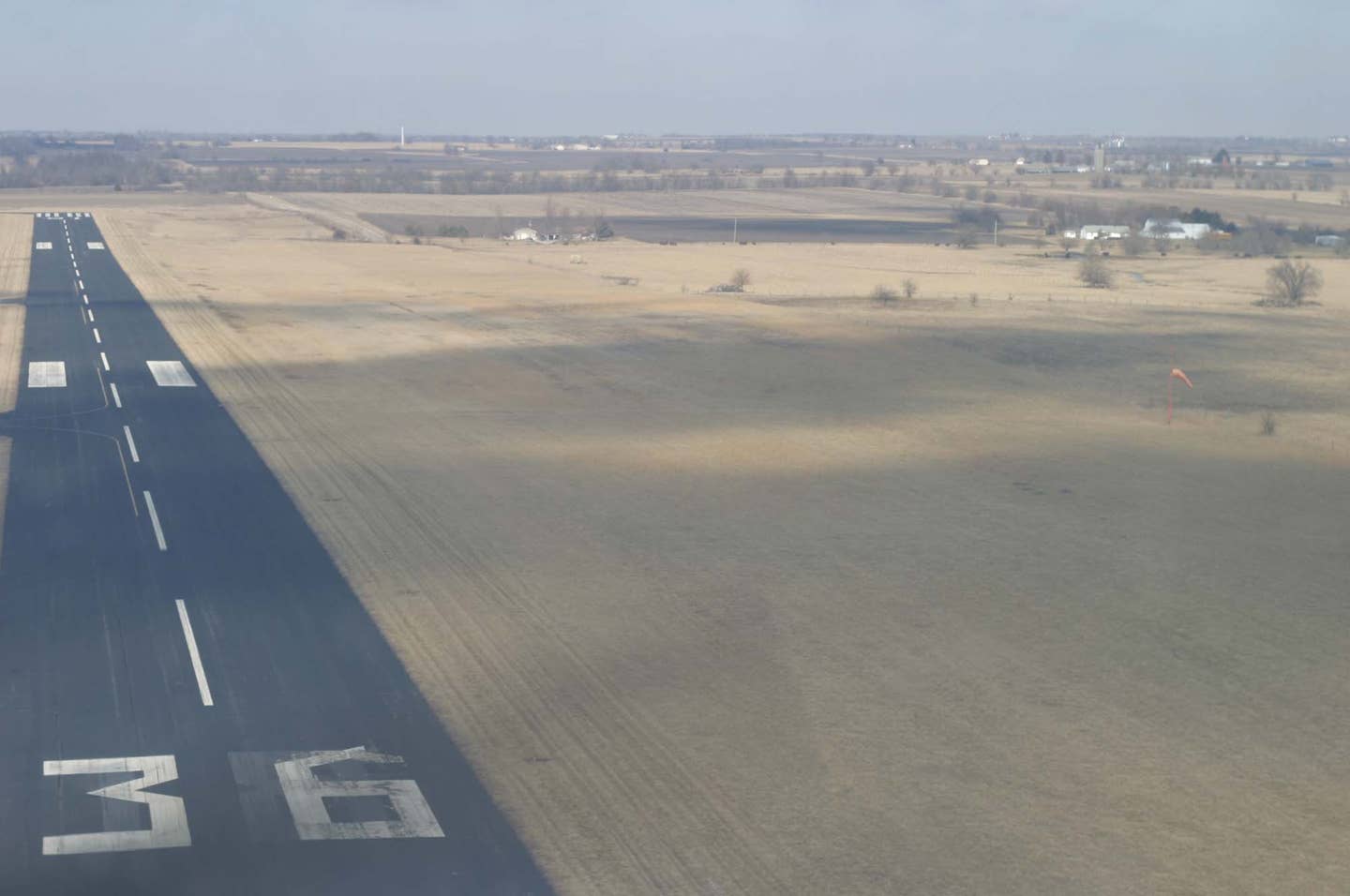Lessons Learned – To Hell You Fly
It is rumored that the town of Telluride, Colorado, got its name in the 1800s from the phrase “to hell you ride,” alluding to the treacherous journey required to reach…
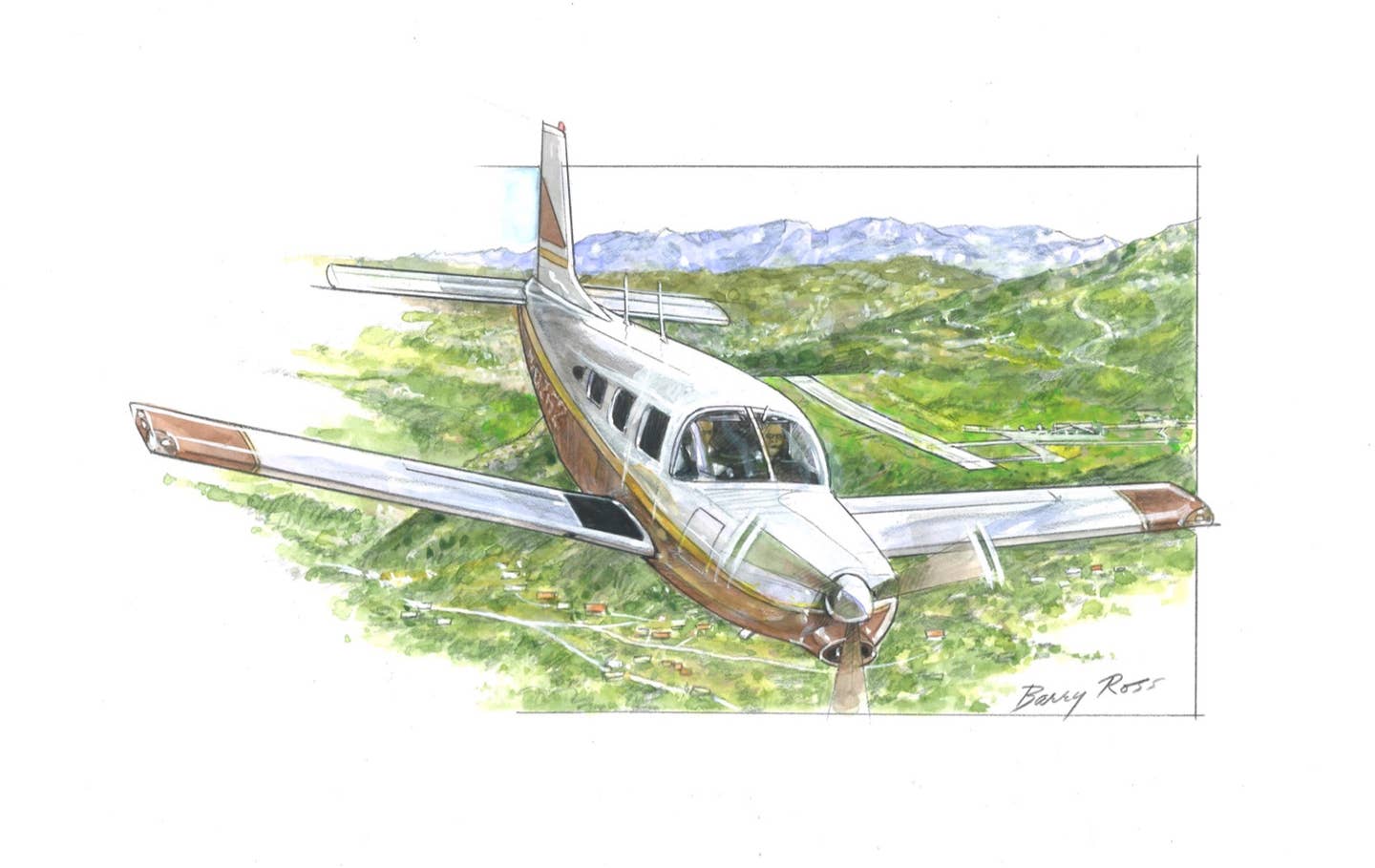
I took the free online mountain course offered by AOPA, watched a couple of YouTube videos, and honestly felt quite comfortable [illustration: Barry Ross]
It is rumored that the town of Telluride, Colorado, got its name in the 1800s from the phrase “to hell you ride,” alluding to the treacherous journey required to reach the remote mountain destination by horseback. When flying into this high-altitude airport, the name is as fitting now as it was then. Situated at a breathtaking 9,078 feet msl with the density altitude frequently gracing the high 11,000s, it’s no surprise Telluride Regional Airport (KTEX) has the distinction of being the highest-altitude commercial facility in the United States.
Although I’ve been flying for more than 20 years, I only recently received my commercial certificate, and shortly thereafter, my very first assignment to fly a family from San Antonio to Telluride in a beautiful Piper Turbo Saratoga, a PA-32-301T. The aircraft is owned by the family and managed by their longtime pilot, Nat. The job was exactly what I was looking for, and I excitedly became acquainted with both Nat and the aircraft. It was explained to me that they have made this particular trip in this particular aircraft dozens of times.
Nat recommended that I fill the tanks, put all the luggage in the nose compartment, and everything would be “spot on.” In preparation for the journey, I took the free online mountain course offered by AOPA, watched a couple of YouTube videos, and honestly felt quite comfortable. Despite having absolutely no mountain experience, I was not about to turn down my very first paid flight. I may not have even performed a weight-and-balance check had the flight not been to KTEX. After all, it was only me and two passengers. The hundreds of hours I had in a similar Piper, a Cherokee Six PA-32-300 boasting a useful load of 1,560 pounds, was working against me.
The scheduled flight was more than a week away, falling during the busy Fourth of July weekend. I retrieved the POH and generated an aircraft profile in ForeFlight. Nat was right. To complete the 700 nm trip nonstop would require full tanks. Moving on to weight and balance: pilot (220 pounds); front passenger (230), his wife claimed to be 135 (I added 20 pounds for her overinflated lips); passenger luggage (50 each); pilot luggage and flight bag (30). I was shocked to see the result sitting 351 pounds over the allowable maximum gross takeoff weight with a forward center of gravity to boot. The useful load on this Saratoga is only 1,011 pounds. I hate to think what might have happened had Nat requested I complete this flight at the very last minute. Relying on my knowledge that he had completed this exact trip on numerous occasions, combined with the fact that he weighs about 20 pounds more than I do, I believe I may have accepted the mission without ever even looking at the weight and balance.
An aircraft’s performance was calculated for a standard degree day at sea level, when the engine was new and producing 100 percent power. As an engine wears and ages, a marginal decrease in performance and power occurs. Many issues, like a cylinder with very low compression or an issue with a valve, might not be detectable when operating during the vast majority of the time. However, when operating in the demanding and performance-stealing conditions of high density altitude, these previously undetectable problems can prove to be catastrophic. Non-turbo engines lose 3.5 percent of their rated horsepower for each 1,000 feet of altitude. If one is departing an airport with a 7,000 feet DA, 25 percent of the horsepower is lost (3.5 times 7 equals 24.5). If an old, tired engine is only delivering 94 percent of the power it did when it was new, an additional 6 percent is unavailable. This results in an aggregate loss of 31 percent of the rated horsepower. The combination of a decrease in performance attributed to high density altitude and an aircraft that exceeds its maximum gross weight limitation has caused the loss of far too many pilots and their unsuspecting passengers.
Once set up, it takes less than two minutes to perform a weight-and-balance check on any of the aviation mobile apps. Do not be a victim of complacency. Add the following items to your checklist:
- Lean the engine to peak performance by increasing the throttle to full then slowly decreasing the mixture until the maximum rpm is reached. Leave the mixture at this setting.
- Set the flaps to the recommended takeoff setting. This setting is found in the aircraft’s POH.
- Calculate 50 percent of the runway remaining length and identify the corresponding marker or landmark that will let you know once you reach this point. Multiply your rotation speed by 0.7 and, if your aircraft is not at this speed by your designated 50 percent spot, abort the takeoff.
- In non-turboed aircraft, the horsepower adjustment for density altitude is calculated with the equation related earlier. A 160 hp engine operating at a density altitude of 7,000 feet will only deliver about 121 hp, and the prop is less effective at the higher density altitude as well.
- Accidents involving high density altitude are often associated with aircraft that are also overweight. I believe it to be one of the most preventable accidents—and it can be prevented before the aircraft ever leaves the ground. If you are operating in high density altitude conditions with a loaded airplane and you have any doubts whatsoever, you can always postpone the trip until early the next morning or another time of day when the temperature and density altitude are both likely to be lower.
I created reference charts with the weight and balance recommended by Nat and the calculation following the POH-specified loading requirements. Both were significantly over the maximum, though the POH figures would at least have given us a better chance. The weight and balance recommended by Nat was actually 550 pounds outside of the recommended envelope because of the forward center of gravity.
The POH for this aircraft mandates that all luggage be loaded in the rear unless the fifth seat is occupied. Only then should luggage be loaded in the forward baggage compartment. The added weight of the air conditioner plus the turbo results in an aircraft that necessitates loading as instructed by the POH and not relying on habits or instruction from well-intentioned pilots. Needless to say, I didn’t take the flight.
Once my days on Earth are done, I hope to be riding the clouds, and no airplane will be required. Had I taken this flight and it ended with disastrous results, I might have earned a ride to hell.
Editor's Note: This story originally appeared in the October 2023 issue of Plane & Pilot magazine.

Subscribe to Our Newsletter
Get the latest Plane & Pilot Magazine stories delivered directly to your inbox

